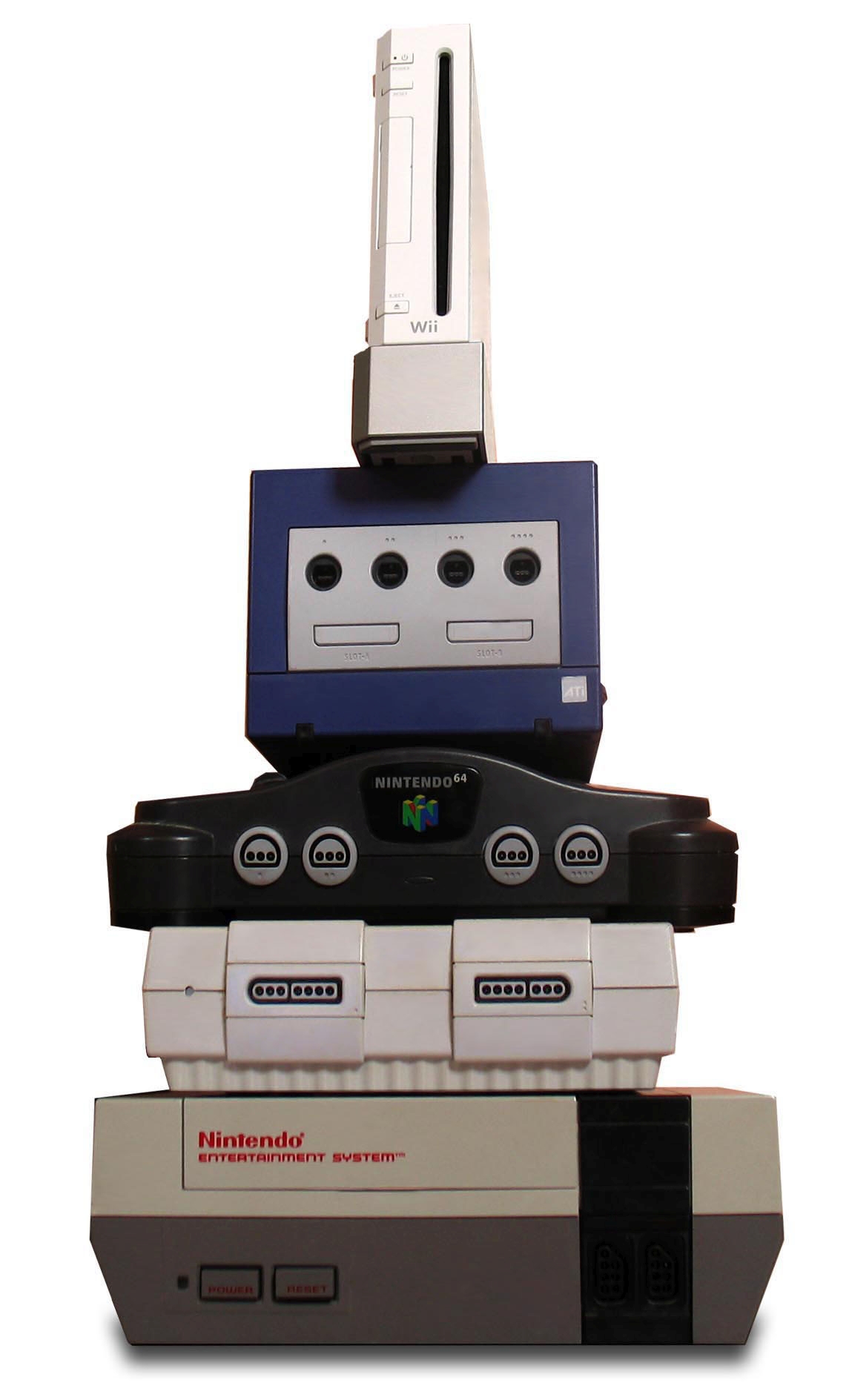Introduction
When it comes to gaming, few names are as recognizable and beloved as Nintendo. For generations, this Japanese gaming giant has been a pioneer in the industry, creating innovative consoles and unforgettable games. Nintendo’s influence on gaming culture is immeasurable, and it all started with the release of their first console, the Nintendo Entertainment System (NES), in 1985. Since then, they have continued to innovate and delight gamers worldwide with a wide range of console models. In this blog post, we will take a nostalgic journey through the evolution of Nintendo console models and discuss how they have shaped the gaming landscape.
The NES Era: A Game-Changer
The Nintendo Entertainment System, commonly known as the NES, was a game-changer in the gaming industry. It introduced a new era of home gaming, featuring iconic games like Super Mario Bros., The Legend of Zelda, and Metroid. The NES was a simple yet effective design, with its gray boxy appearance and rectangular controller. It became a staple in households around the world, setting the stage for Nintendo’s dominance in the industry.
SNES: The 16-Bit Revolution
Following the success of the NES, Nintendo released the Super Nintendo Entertainment System (SNES) in 1990. The SNES was a 16-bit powerhouse that offered enhanced graphics and sound capabilities. It introduced gamers to classics like Super Mario World, The Legend of Zelda: A Link to the Past, and Super Metroid. The SNES marked a significant leap in technology and solidified Nintendo’s position as a leader in the console market.
N64: Entering the World of 3D Gaming
In 1996, Nintendo took another bold step by launching the Nintendo 64 (N64). This console brought 3D gaming to the forefront with titles like Super Mario 64 and The Legend of Zelda: Ocarina of Time. The N64 also introduced the world to the innovative analog stick on its controller, a feature that has become a standard in gaming controllers ever since. The N64 was a groundbreaking console that left a lasting impact on the industry.
GameCube: A Compact Powerhouse
The early 2000s saw the release of the Nintendo GameCube in 2001. While it didn’t achieve the same level of commercial success as its predecessors, the GameCube was still a notable addition to the Nintendo console family. With its compact design and a wide range of games, including titles like Super Smash Bros. Melee and The Legend of Zelda: The Wind Waker, the GameCube catered to a dedicated fan base.
Wii: Motion Controls and Mainstream Success
In 2006, Nintendo introduced the Wii, a console that would become a cultural phenomenon. The Wii’s innovative motion controls allowed players to physically interact with games, making it accessible to a broad audience, including non-gamers. Wii Sports, bundled with the console, became a sensation, and the console’s library featured a mix of classic Nintendo franchises and new, creative titles.
Wii U: A Unique Experiment
The Wii U, released in 2012, was a unique experiment for Nintendo. It featured a tablet-like controller that allowed for off-screen play and new gameplay experiences. Although it had some standout titles like Super Mario 3D World and The Legend of Zelda: The Wind Waker HD, the Wii U didn’t achieve the same level of success as its predecessors.
Switch: Gaming On the Go
In 2017, Nintendo unveiled the Nintendo Switch, a hybrid console that can be played both on the TV and as a handheld device. The Switch has been a massive success, thanks to its library of games, including The Legend of Zelda: Breath of the Wild, Super Mario Odyssey, and Animal Crossing: New Horizons. It offers a unique gaming experience that caters to both traditional gamers and those looking for on-the-go entertainment.
Nintendo’s Impact on Gaming
Throughout its history, Nintendo has consistently pushed the boundaries of gaming, introducing new technologies and experiences that have resonated with players of all ages. Its iconic franchises like Mario, Zelda, and Pokémon have become cultural phenomena, and its consoles have always been known for their durability and innovative features.
Nintendo’s ability to adapt and innovate has allowed it to remain a major player in the gaming industry for over three decades. Whether it’s the simplicity of the NES or the portability of the Switch, Nintendo has always found ways to capture the hearts of gamers worldwide.
Conclusion
The world of gaming owes a great deal to Nintendo and its console models. From the pioneering NES to the revolutionary Switch, Nintendo has consistently delivered memorable gaming experiences. Their commitment to innovation, quality, and timeless franchises has made them a dominant force in the industry.
As we look to the future, we can only imagine what Nintendo has in store for us. With each new console release, they continue to surprise and delight gamers, reminding us that the world of gaming is better with Nintendo in it.
Nintendo’s legacy is one of nostalgia, innovation, and timeless fun. It’s a legacy that will continue to shape the world of gaming for generations to come.



